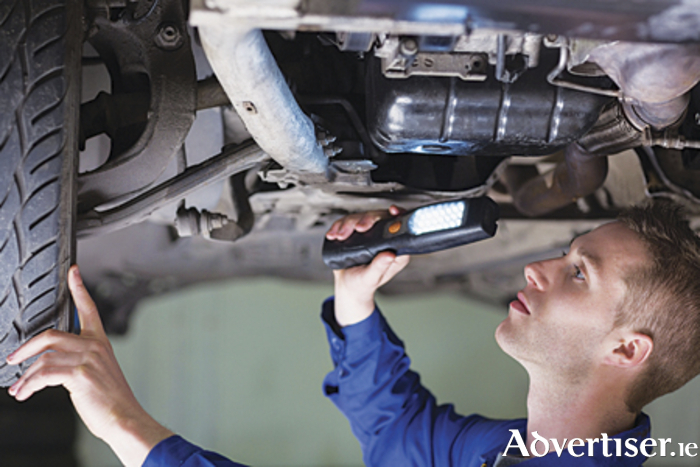Recent statistics compiled by Applus, the company that oversees the National Car Test (NCT ) in Ireland, show that during 2023 nearly half of the 1.5 million cars that were tested recorded a ‘Fail’ result.
The total number of failed tests numbered 747,820.
The main reasons for failure were:
Steering and suspension
Lighting and electrical
The ‘side slip test’ which measures how a car can maintain a straight line when driven without steering wheel input
Tyres and wheels
Interestingly, the number of ‘fail’ results is consistent over time, with annual fail rates numbering between 45 and 52 percent each year. The number of cars that failed because of problems with the vehicle’s tyres or wheels during 2023 was 10 percent of the total fails or almost 75,000.
“It sounds quite obvious, but with a little bit of preparation, the vast majority of those 75,000 drivers could have passed the NCT. Of the most common reasons for failure, tyres in particular, are the easiest for a car owner to visually check and to rectify. Unlike steering and suspension; lighting and the electrics of a car; or ‘the side slip test’- each of which may require consultation with a mechanic or service professional – all of which comes at a cost, it is easy to carry out a simple visual inspection of a car’s tyres that will show up any potential reasons for a failure result.
“Having said that, our advice to motorists is always to regularly have your tyres checked at a local tyre dealership where specially trained staff will identify any problems before it’s too late. Most good tyre outlets will happily provide you with a free tyre check,” Tom Dennigan, head of premium German tyre manufacturer, Continental Tyres Ireland, said.
Since it was introduced in 2000, the NCT has played a huge part in improving road safety in Ireland by ensuring the roadworthiness of all vehicles on Irish roads.
Figures from NCT test centres show that tyre-related test failures fall into three main categories:
Tyre tread depth below the legal 1.6mm limit (in many cases on multiple or even all four tyres )
Dangerous level of damage (e.g. cuts or bulges ) to a tyre
Mis-matched tyres on the same axle: tyres fitted are not of the same size, aspect ratio* or type (e.g. a ‘summer’ tyre on the same axle as a ‘winter’ tyre will be deemed a failure )
The date of manufacture of the tyres will also be checked (every tyre carries a manufactured date stamp ). Most tyre manufacturers and road safety bodies say that tyres should be replaced when they are six years or older.
In the NCT, tyres that are more than six years old will not be automatically failed as part of the test. Rather, a ‘pass advisory’ note highlighting the age of the tyres will appear on the test report, advising the motorist to be aware of the potential danger of the ageing tyres.
“The bottom line is to take proper care of your car and always endeavour to ensure the vehicle is in the best roadworthy condition – that helps to keep you, your family and other road users safe. Drivers should resist the temptation of neglecting the care of their car and using the NCT as a way of finding out what needs to be repaired or replaced – that is irresponsible and is very much a road safety risk," Dennigan concluded.

